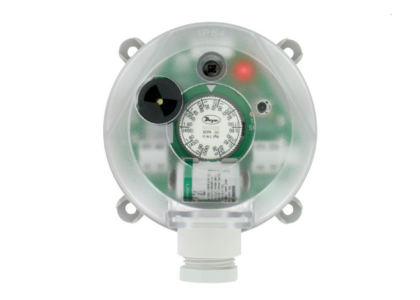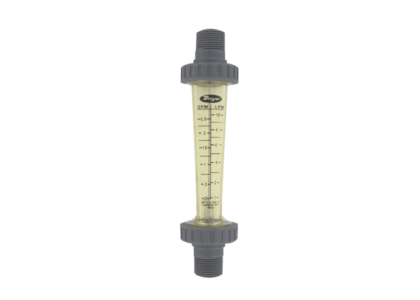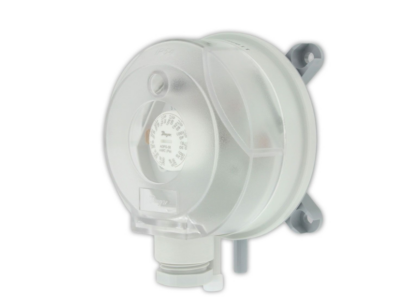In today’s fast-paced business world, product shortages and customer loss are major challenges that many companies face. While external factors like supply chain disruptions and economic downturns can contribute to these issues, it’s often our own mindsets and behaviors that exacerbate the problem. In this blog post, we’ll explore four common mindsets that can lead to product shortages and customer loss, and provide strategies to overcome them.
1. The Scarcity Mindset
The scarcity mindset is the belief that there is never enough – whether it’s time, money, or resources. When applied to inventory management, this mindset can lead to hoarding and over-ordering, which in turn creates artificial shortages and ties up valuable capital.

For example, let’s say a retailer is worried about running out of a popular product. Instead of ordering based on historical sales data and current demand, they order extra just to be safe. This leads to excess inventory that sits on the shelves, taking up space and tying up cash flow. When the next order comes in, they have even less room and capital to work with, perpetuating the cycle.
To combat the scarcity mindset, focus on data-driven forecasting and lean inventory practices. Work closely with suppliers to align ordering with actual demand. Implement just-in-time (JIT) inventory systems to minimize waste and maximize efficiency.
2. The Reactive Mindset
The reactive mindset is the tendency to wait until a crisis hits before taking action. When it comes to product shortages, this can mean waiting until shelves are empty before placing new orders or seeking alternative suppliers.
Imagine a manufacturer that relies on a single supplier for a critical component. When that supplier experiences delays or quality issues, the manufacturer is caught flat-footed. They scramble to find a replacement, often at a higher cost and with longer lead times. In the meantime, their own production is disrupted, leading to delays in fulfilling customer orders.
To avoid this, adopt a proactive mindset. Continuously monitor supply chain risks and have contingency plans in place. Diversify your supplier base and maintain relationships with multiple vendors for key materials. Invest in supply chain visibility tools to get early warning of potential disruptions.
3. The Silo Mindset
The silo mindset is the tendency to operate in isolation, without considering the impact on other parts of the organization. In the context of product shortages, this can lead to decisions that optimize one area at the expense of the whole.
For example, a purchasing manager might focus solely on minimizing costs per unit, without considering the impact on lead times or minimum order quantities. They negotiate a great price with a supplier, only to find that the longer lead times mean they can’t respond quickly to changes in demand. Or they place an order that meets their minimum, but the supplier can’t deliver the full quantity, leading to shortages.
To break down silos, foster cross-functional collaboration and communication. Involve stakeholders from sales, marketing, operations, and finance in inventory planning and supplier selection. Align on common goals and metrics that consider the big picture.
4. The Pessimistic Mindset
The pessimistic mindset is the tendency to focus on the negative and expect the worst. When it comes to product shortages, this can lead to overreacting and making decisions based on fear rather than facts.
Imagine a retailer that experiences a temporary supply chain disruption. Instead of waiting to see how long it lasts and what the actual impact will be, they immediately start canceling orders and cutting back on promotions. They assume the worst and take drastic action, only to find that the disruption was short-lived and they’ve lost sales opportunities.
To counteract the pessimistic mindset, cultivate a growth mindset. Focus on solutions rather than problems. Gather data and information to make informed decisions. Maintain a long-term perspective and don’t overreact to short-term challenges.
By recognizing and addressing these four common mindsets, companies can better navigate the challenges of product shortages and customer loss. It’s not easy, but by adopting a data-driven, proactive, collaborative, and optimistic approach, you can turn these challenges into opportunities for growth and success.




